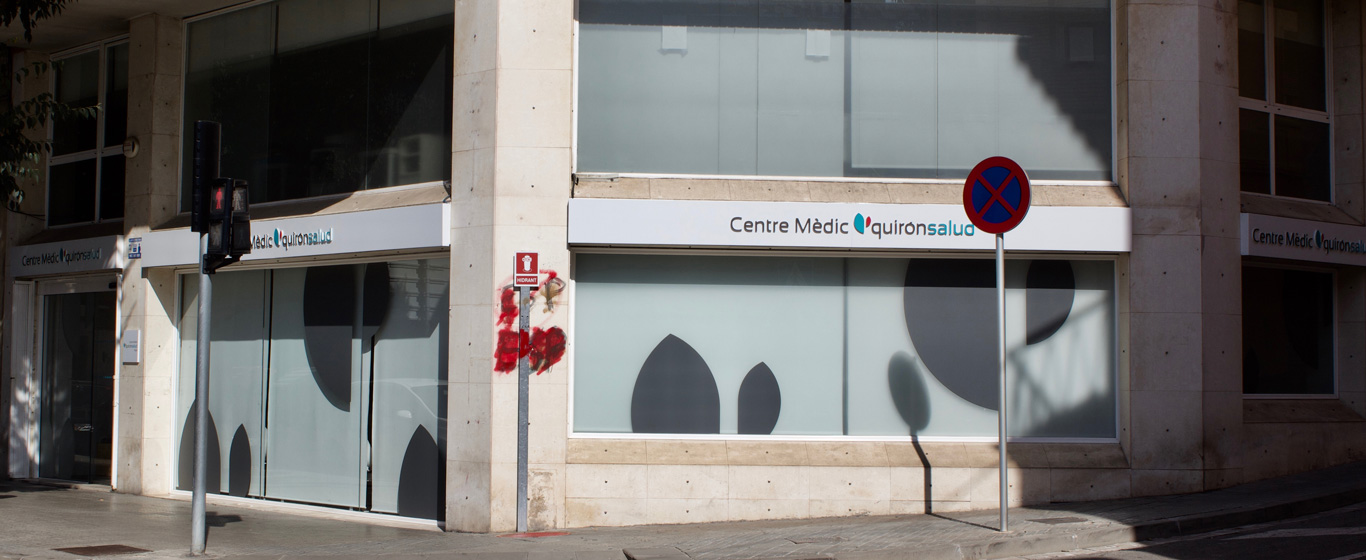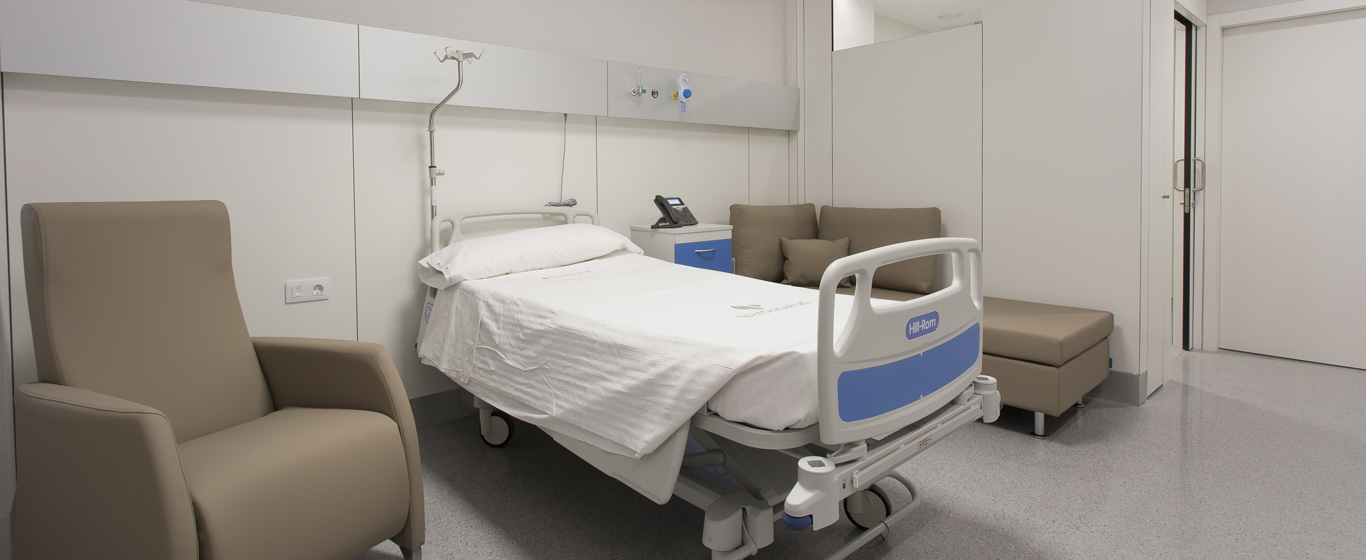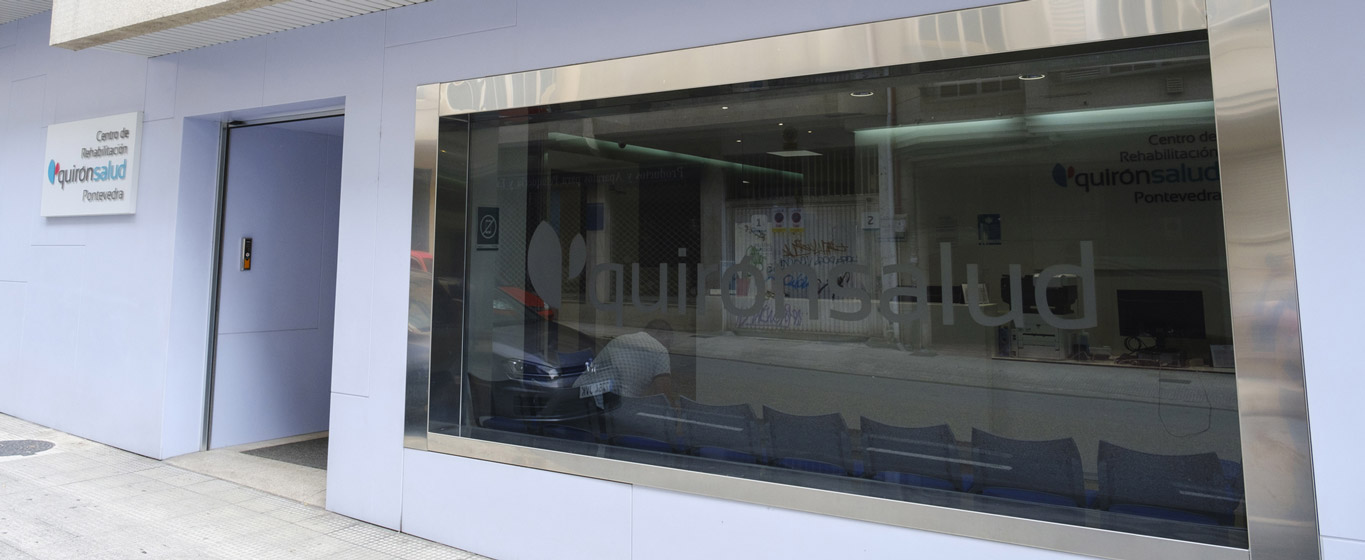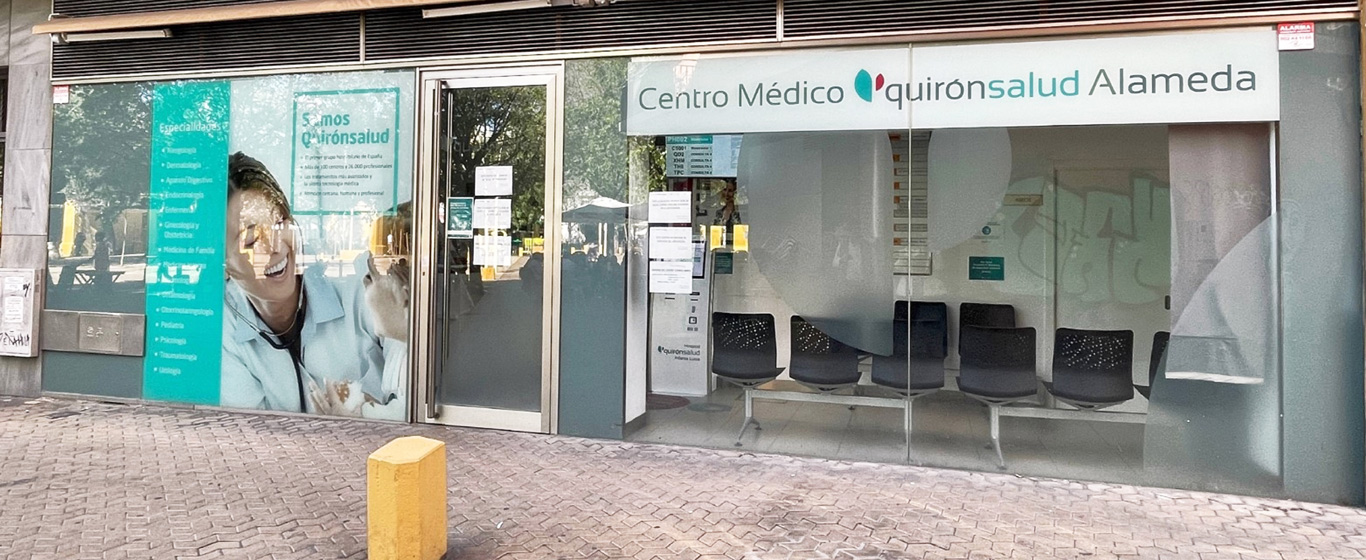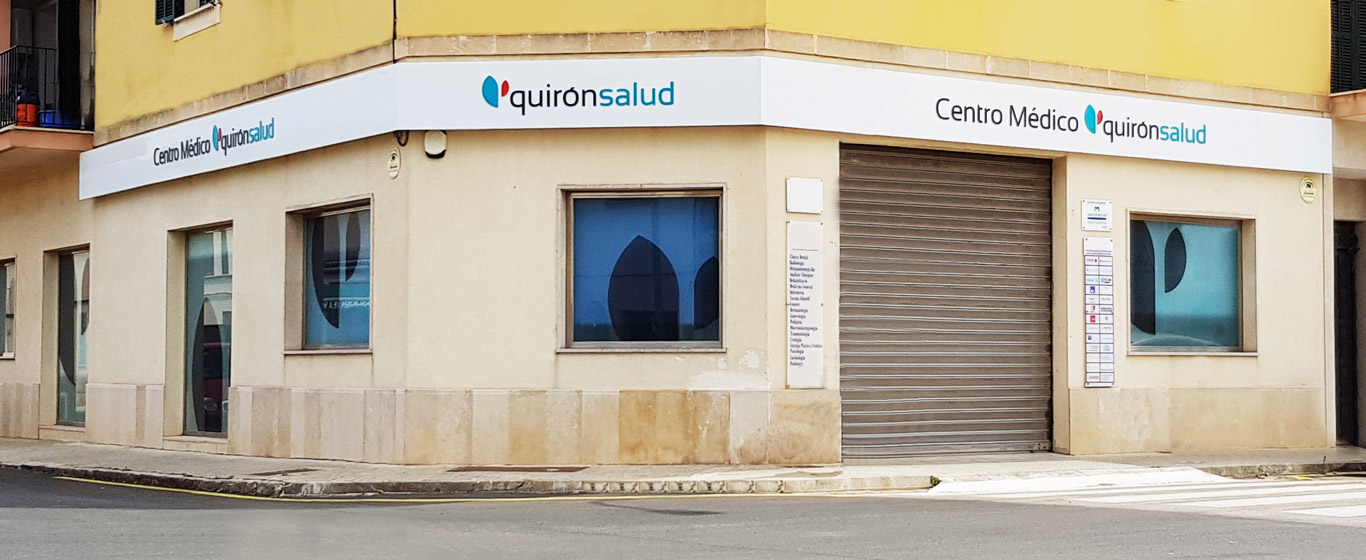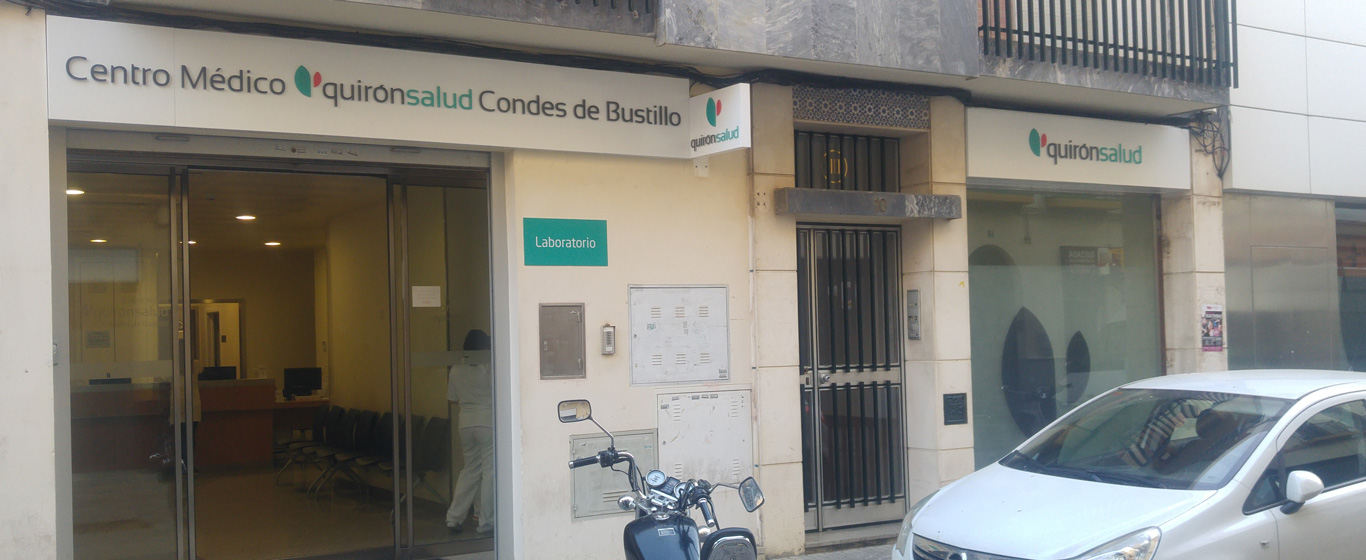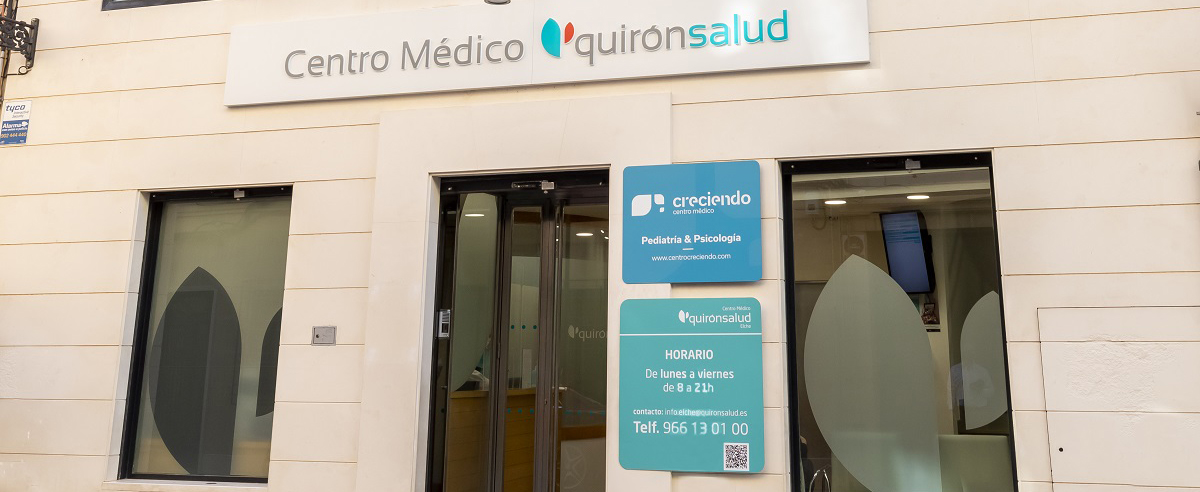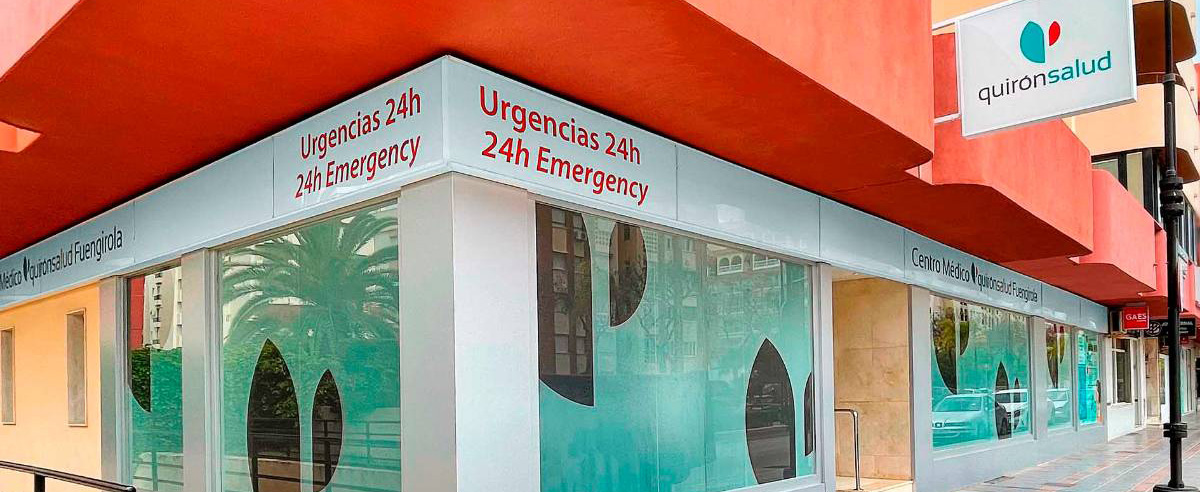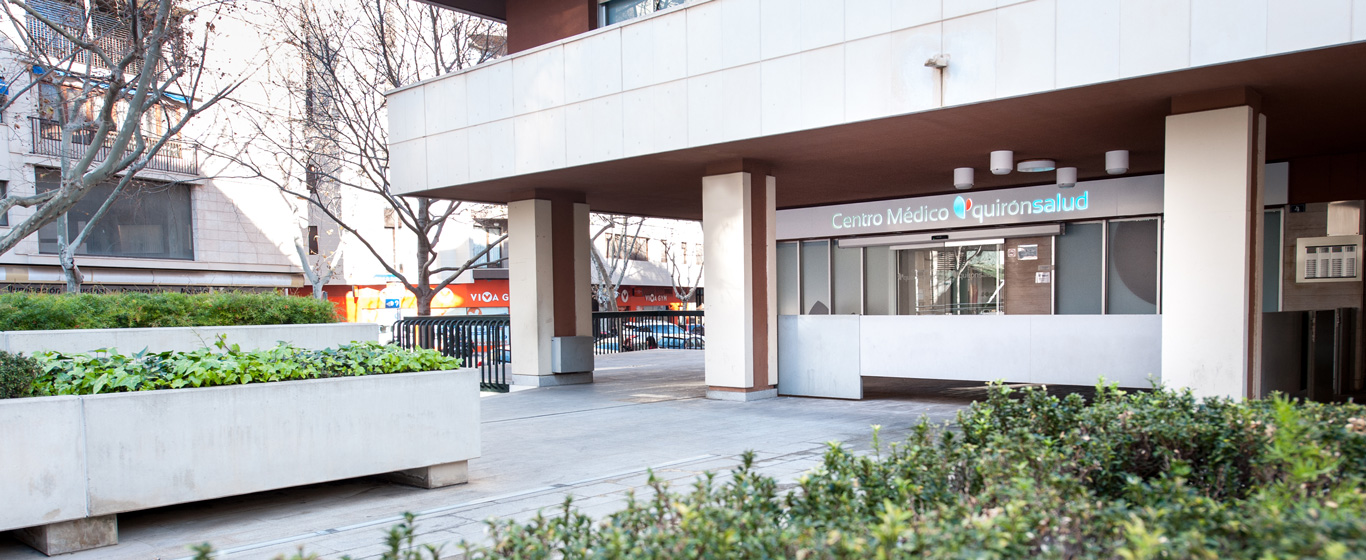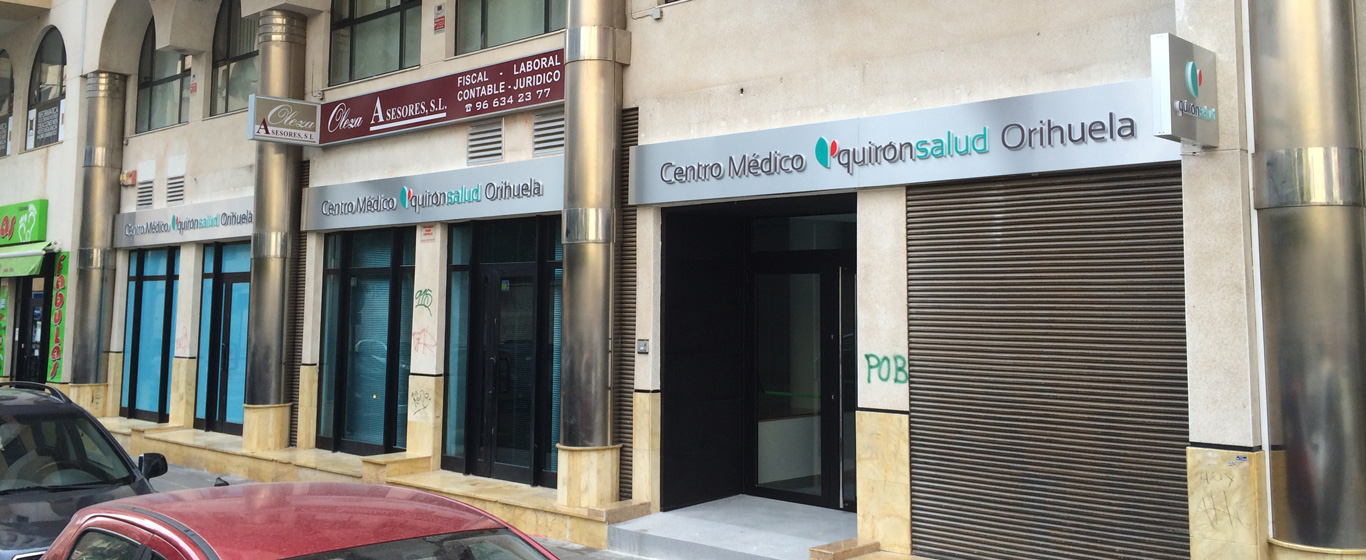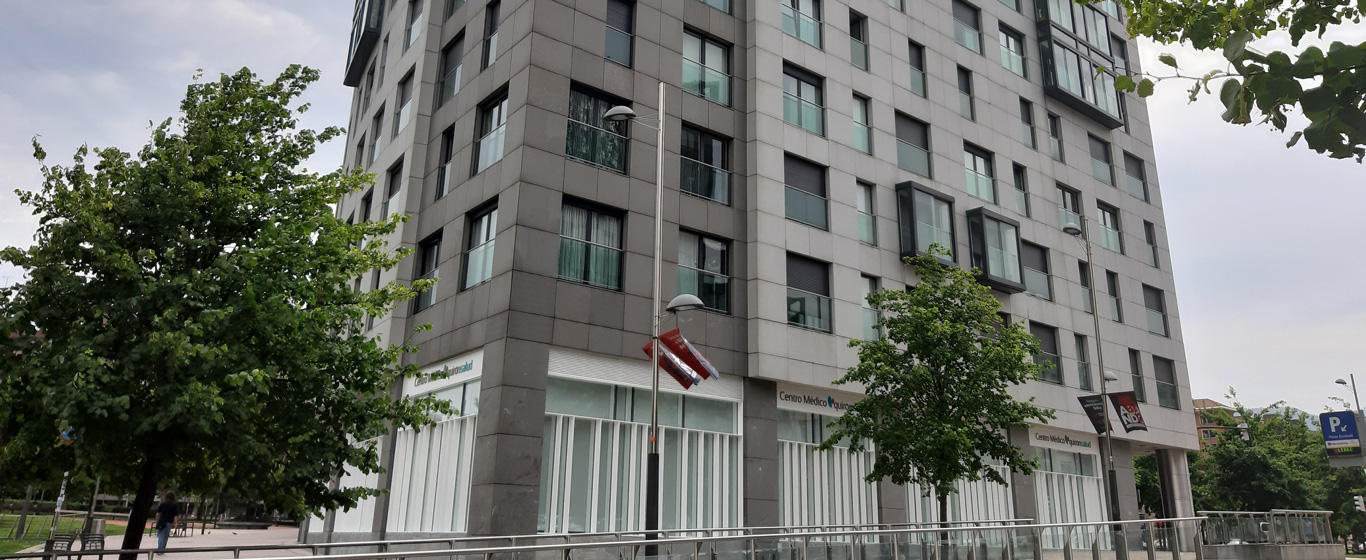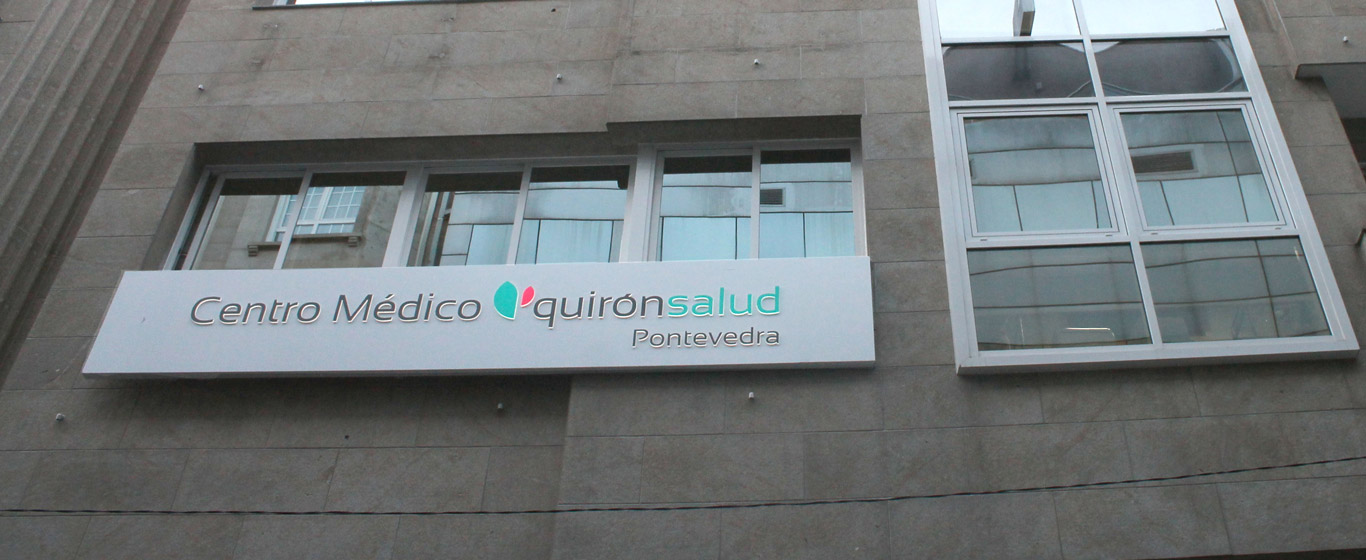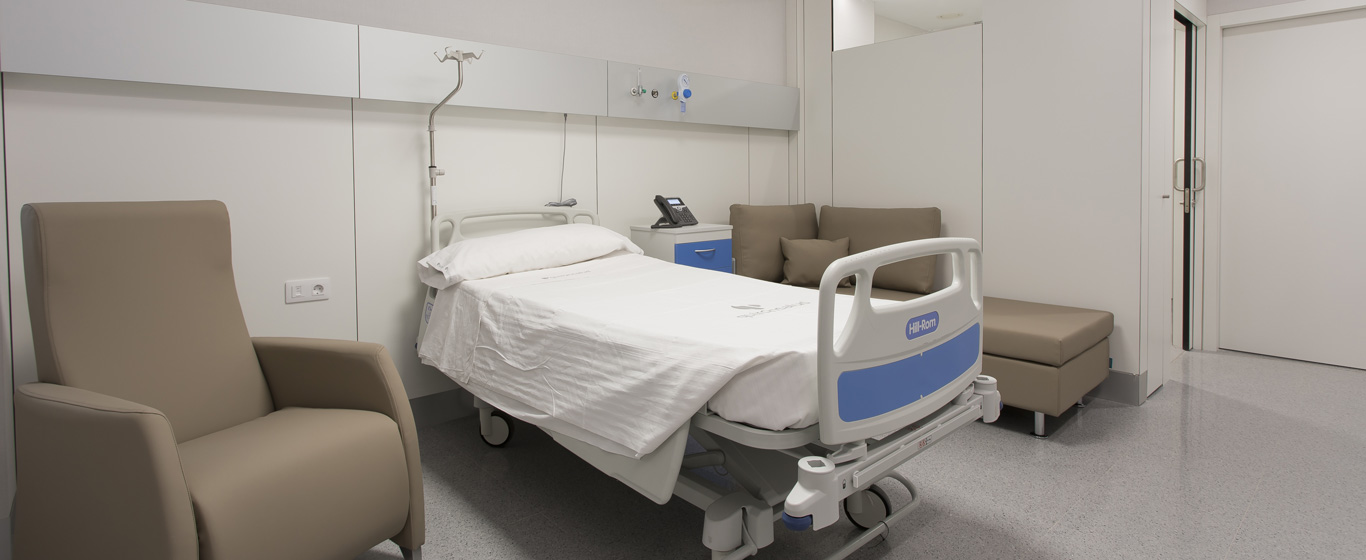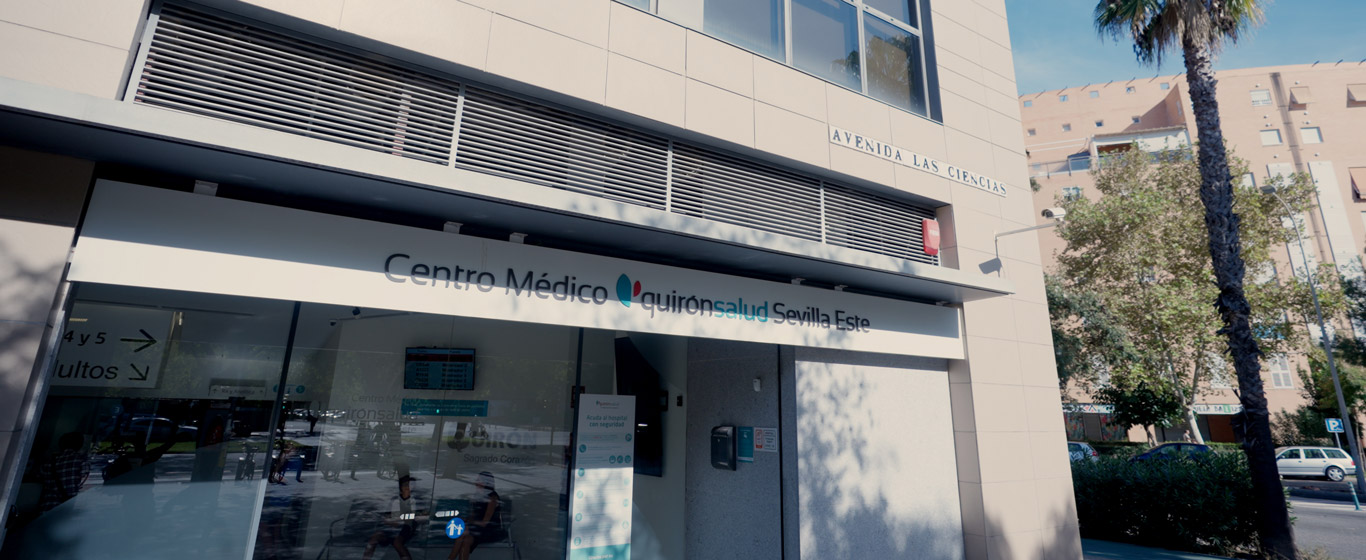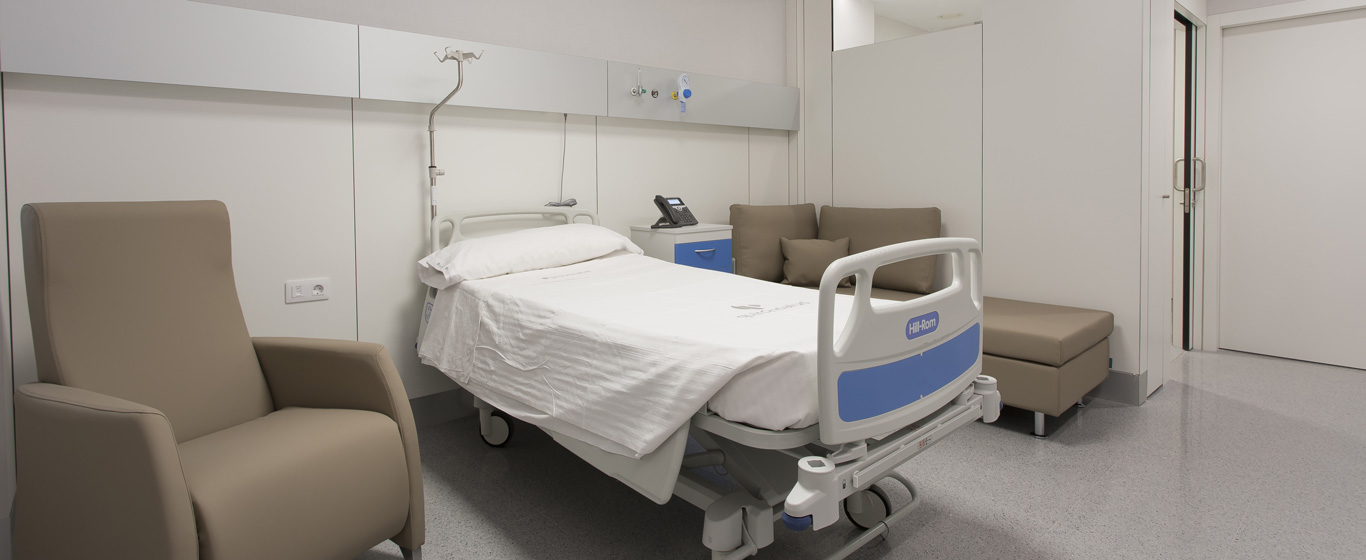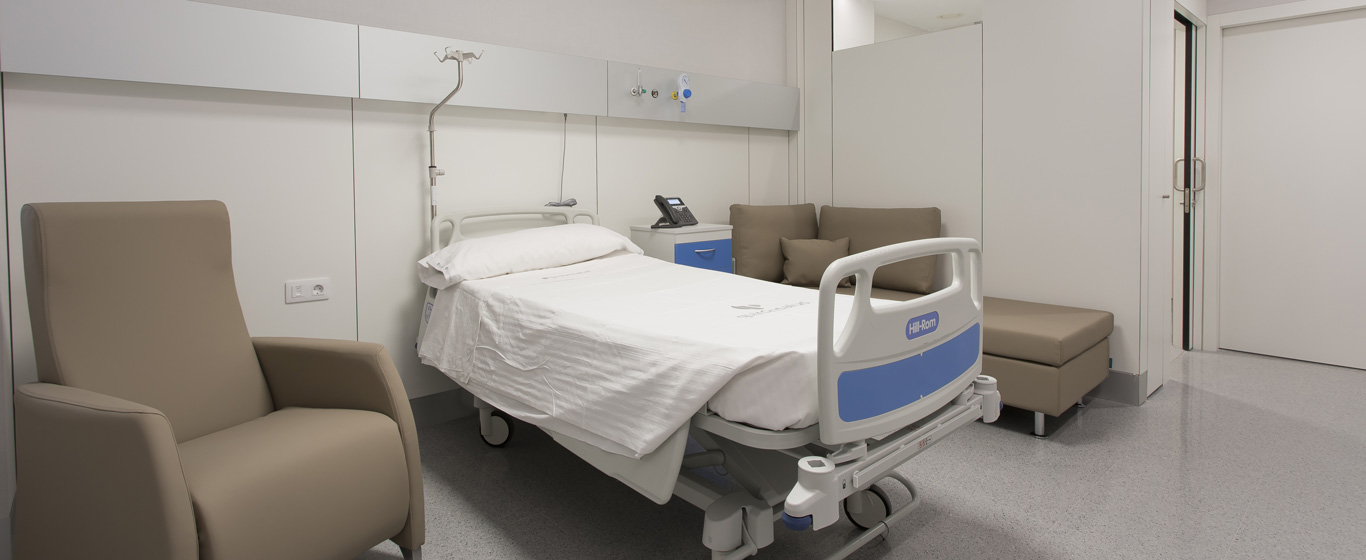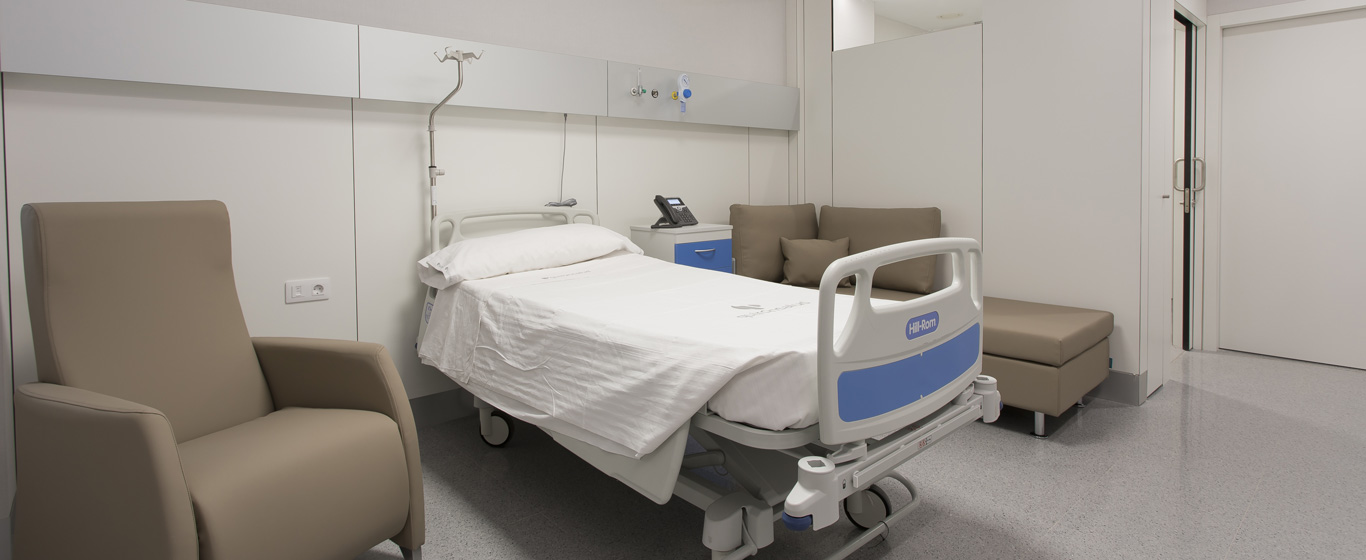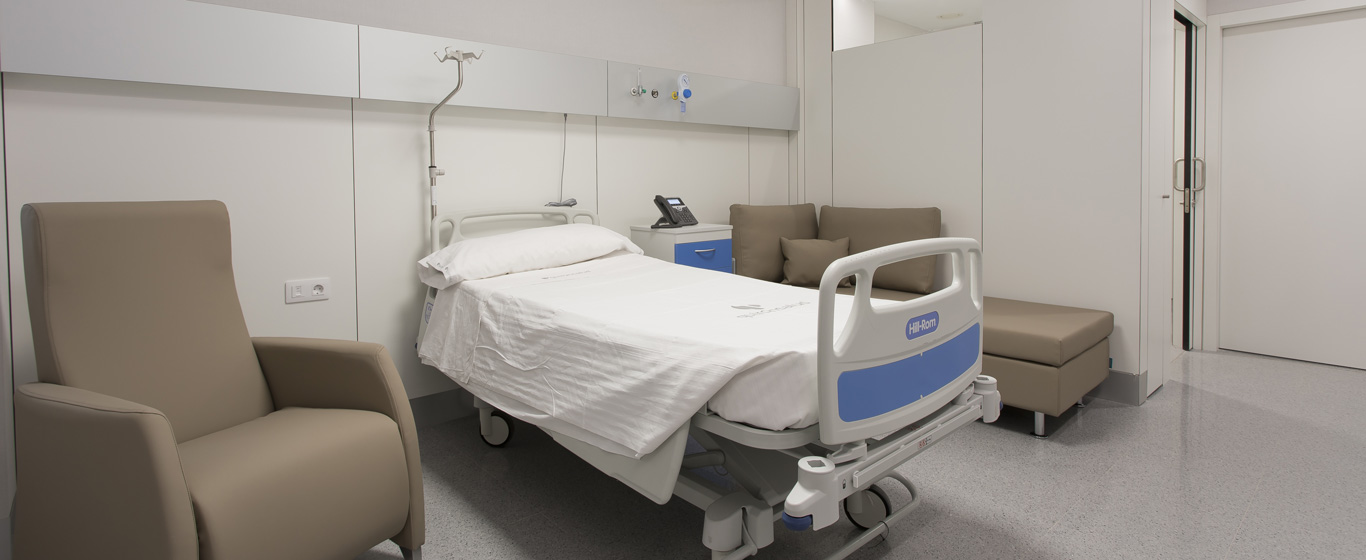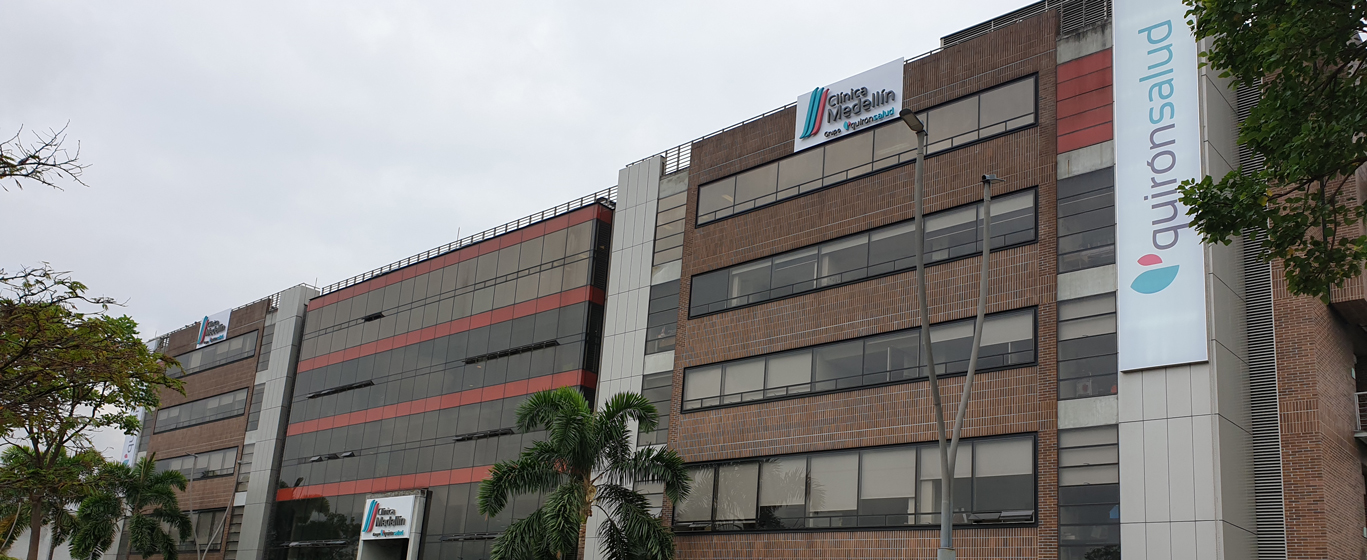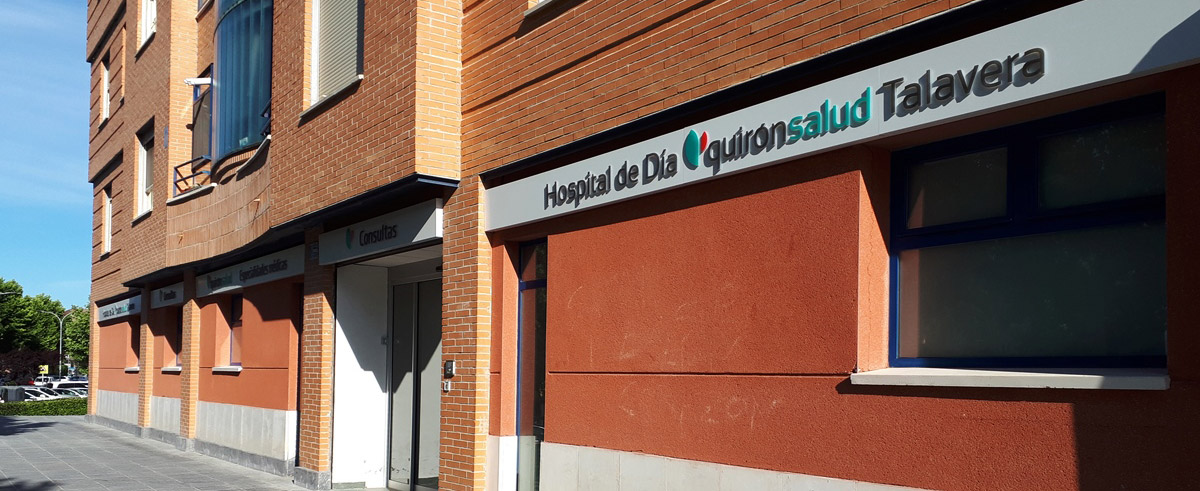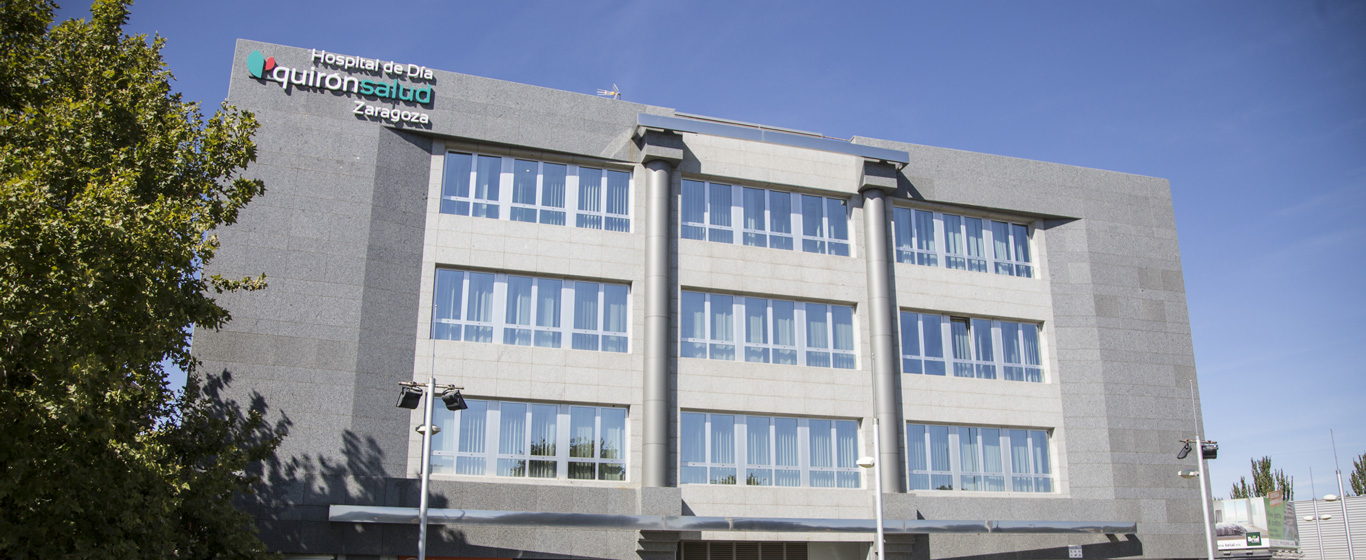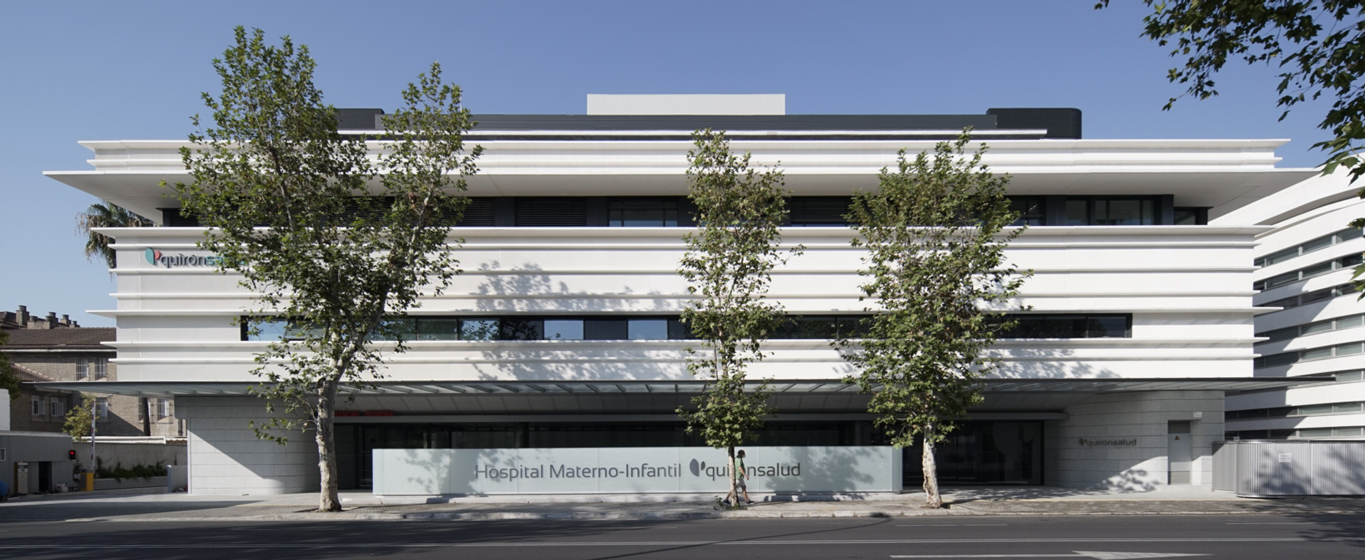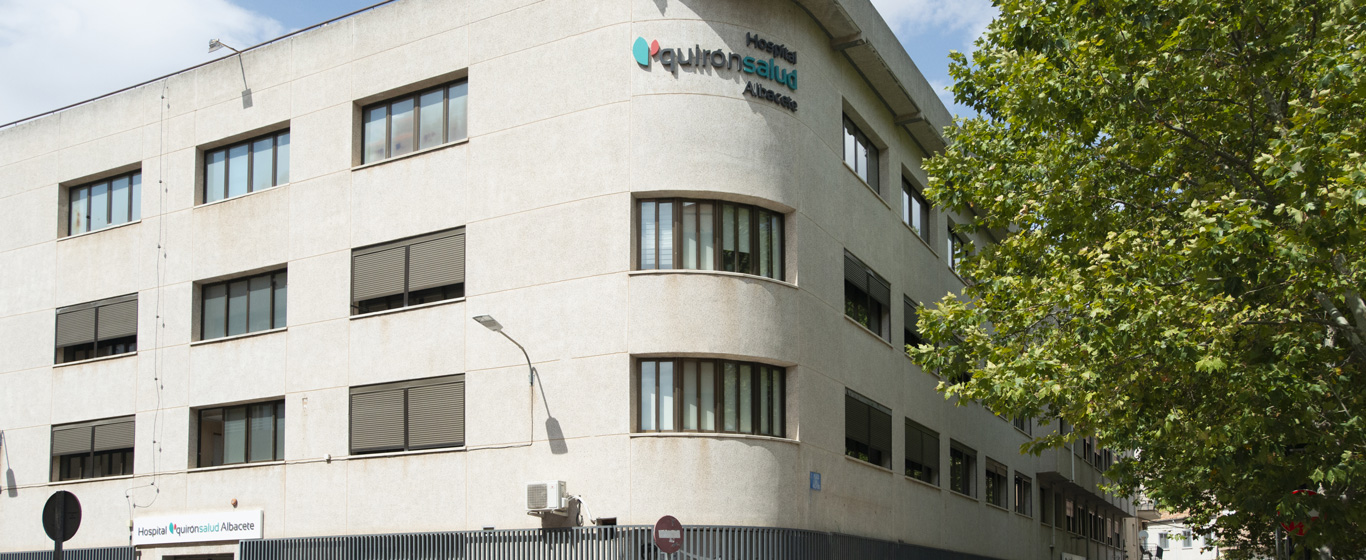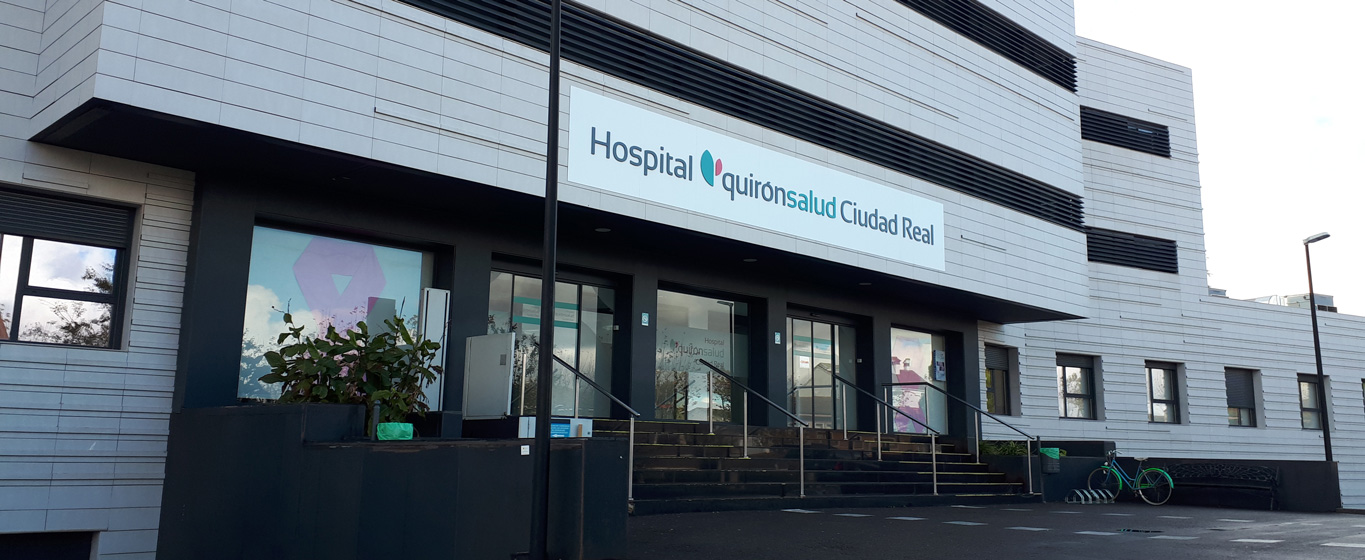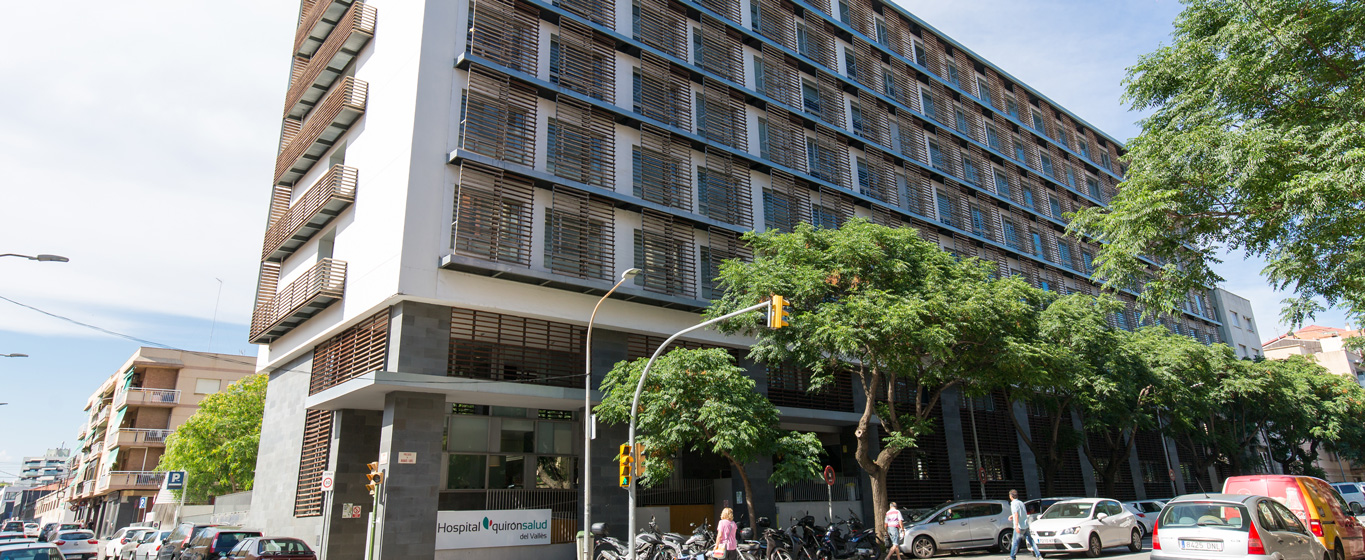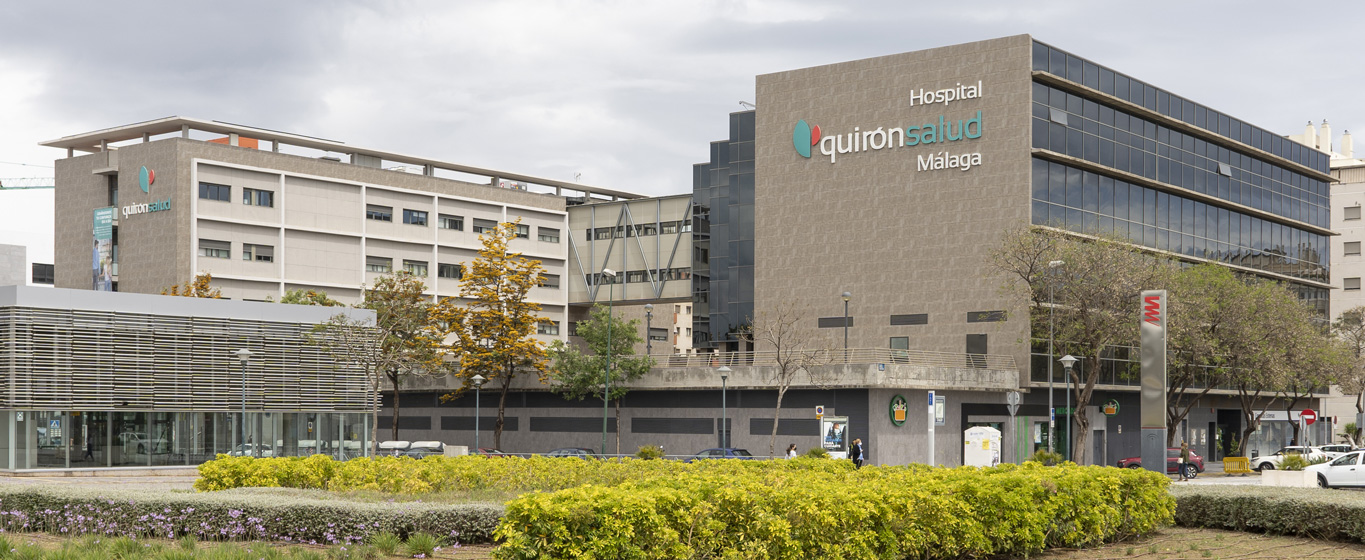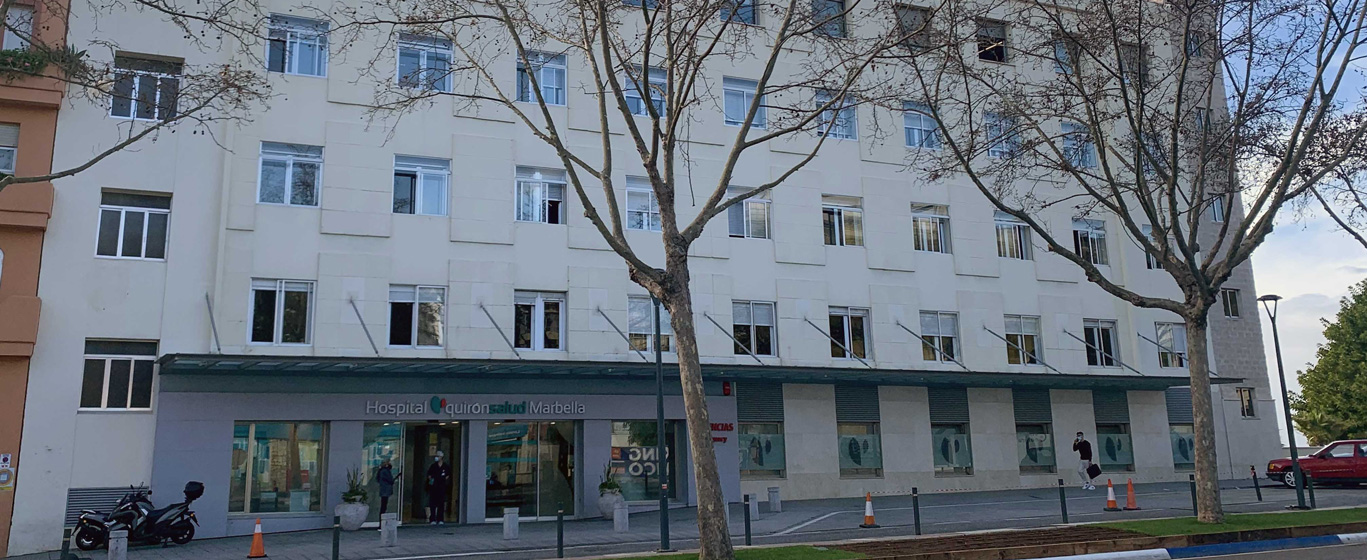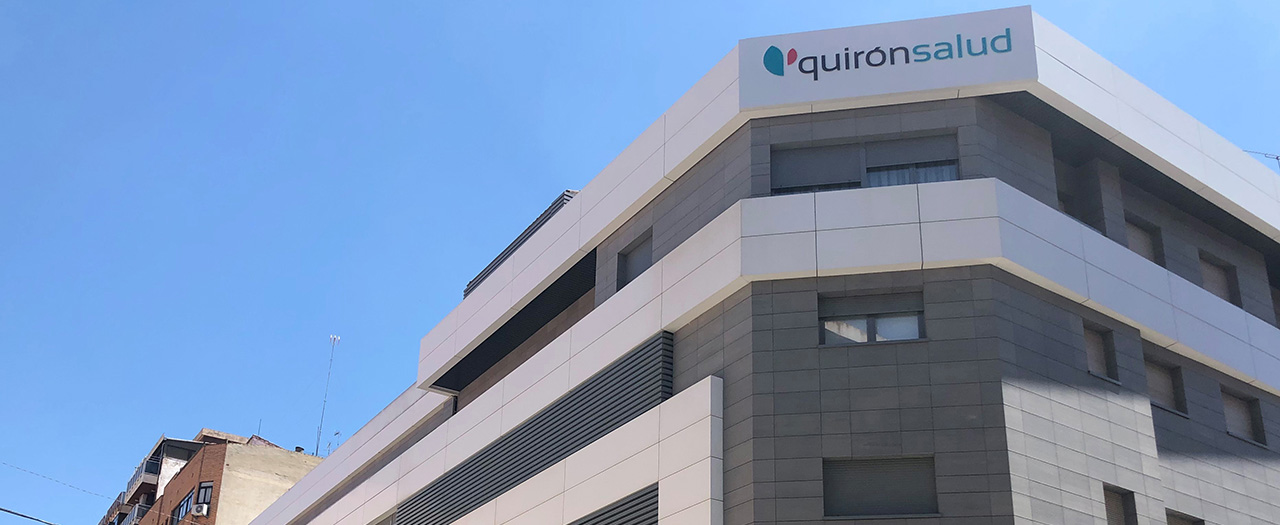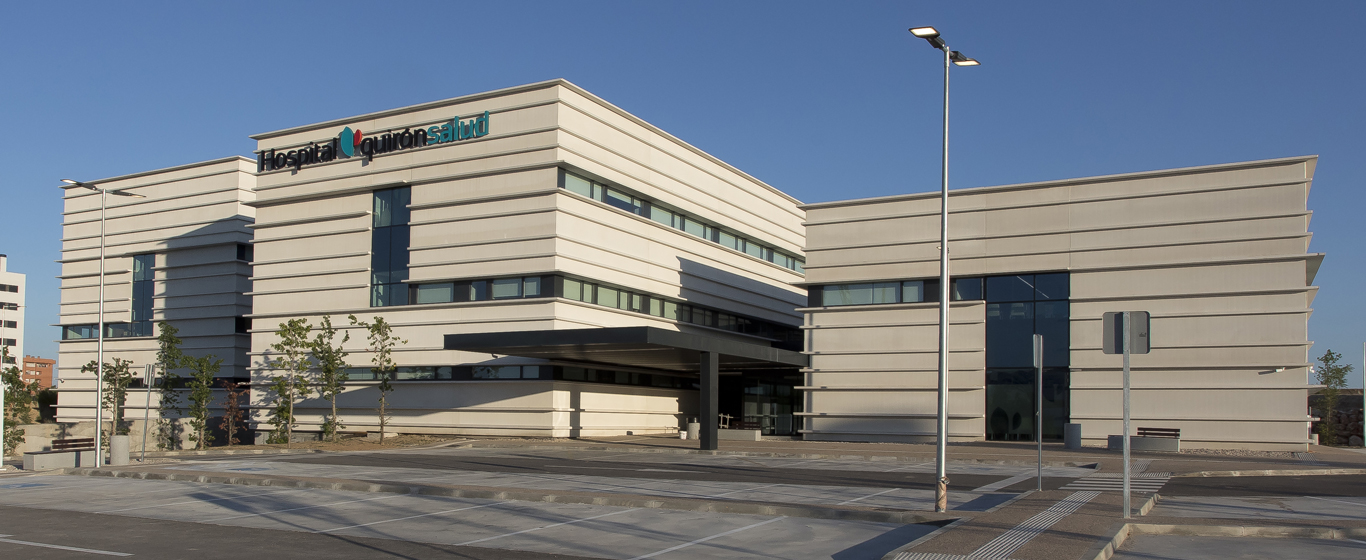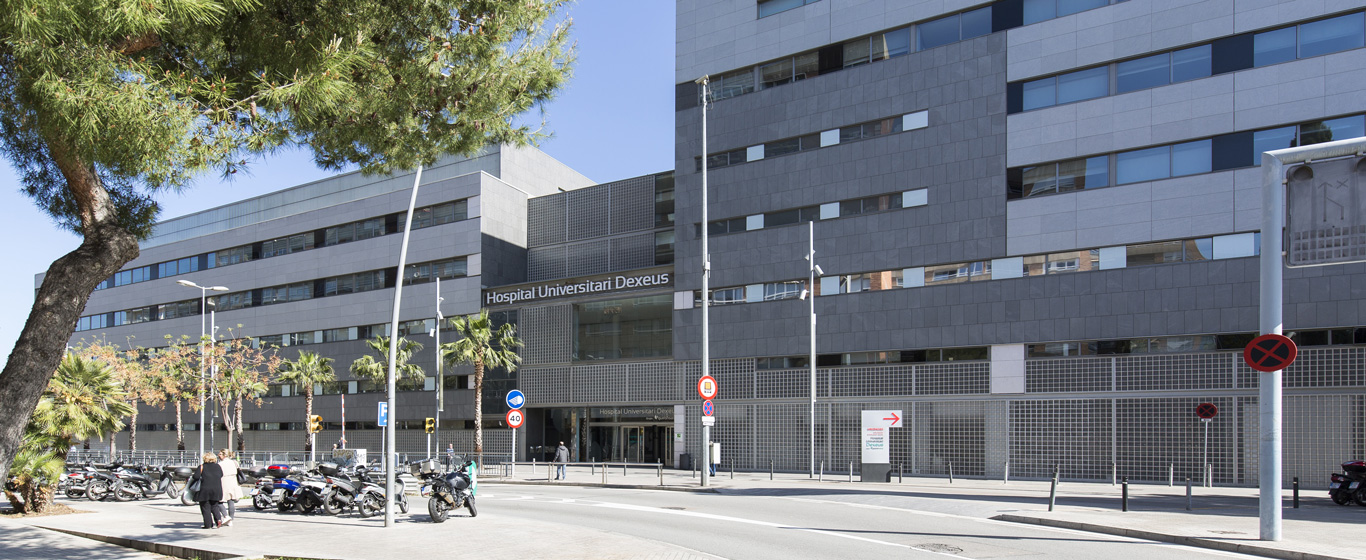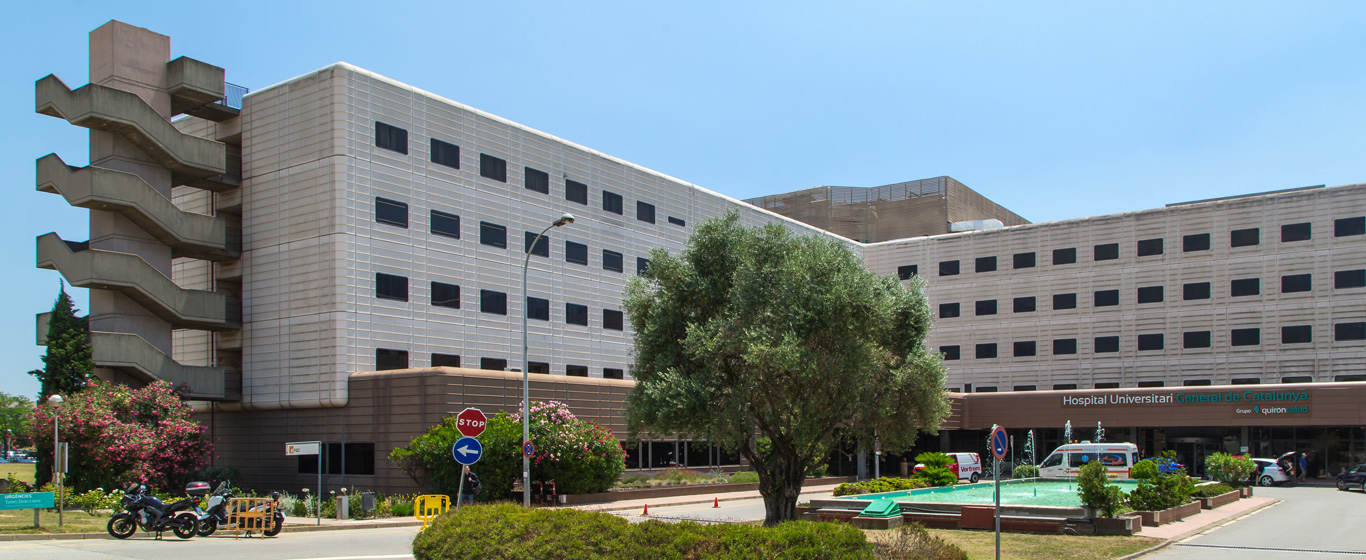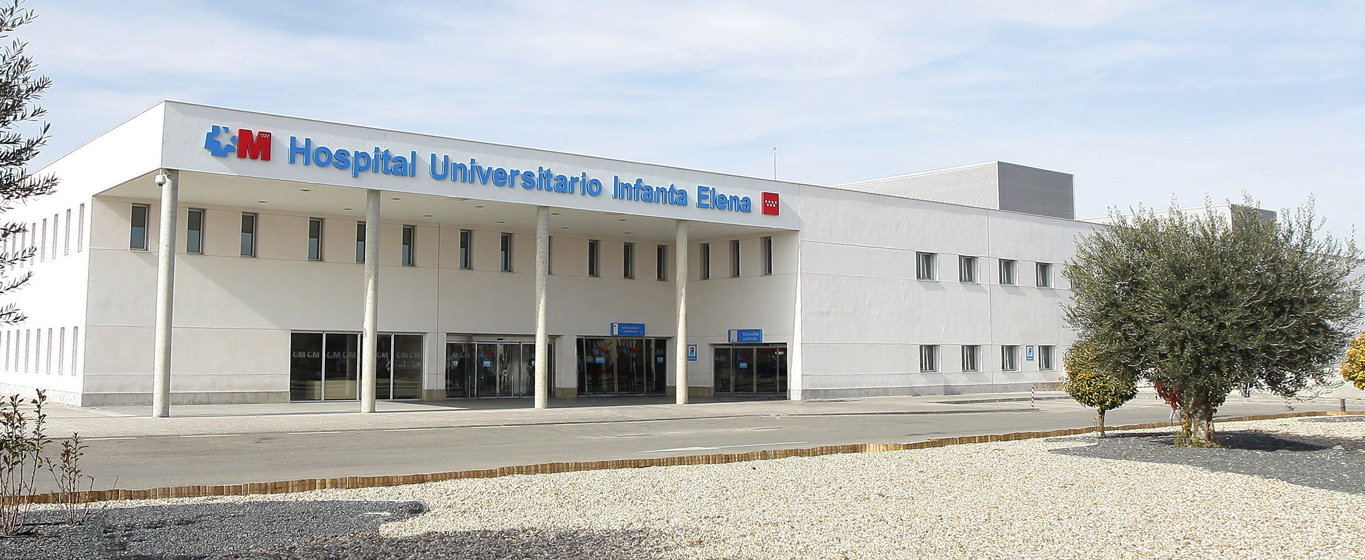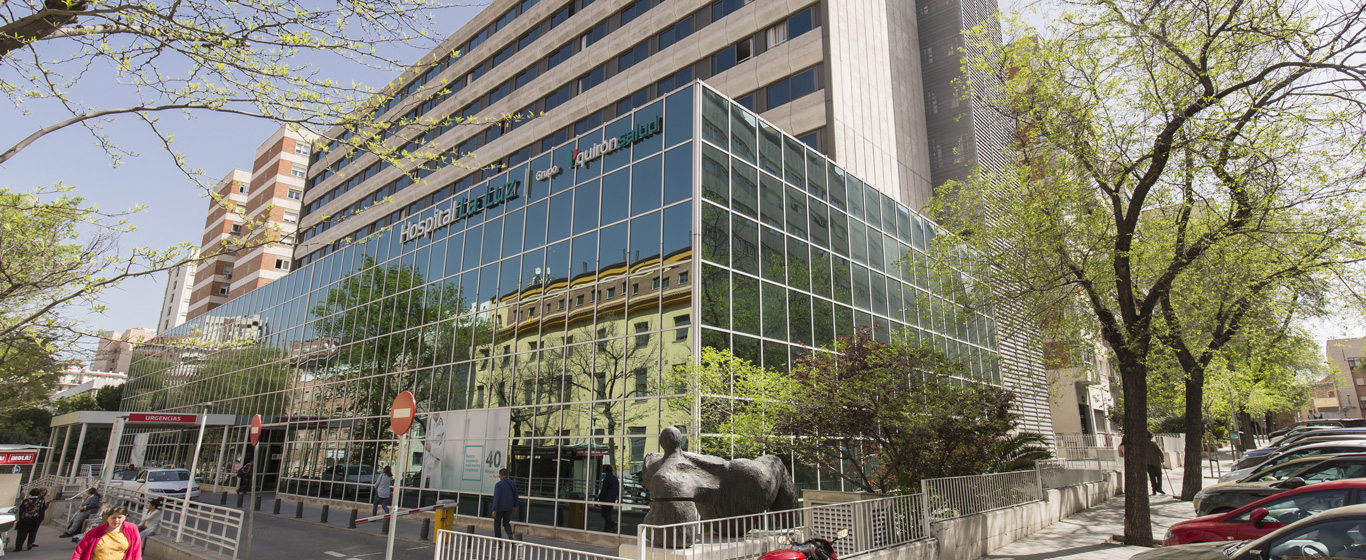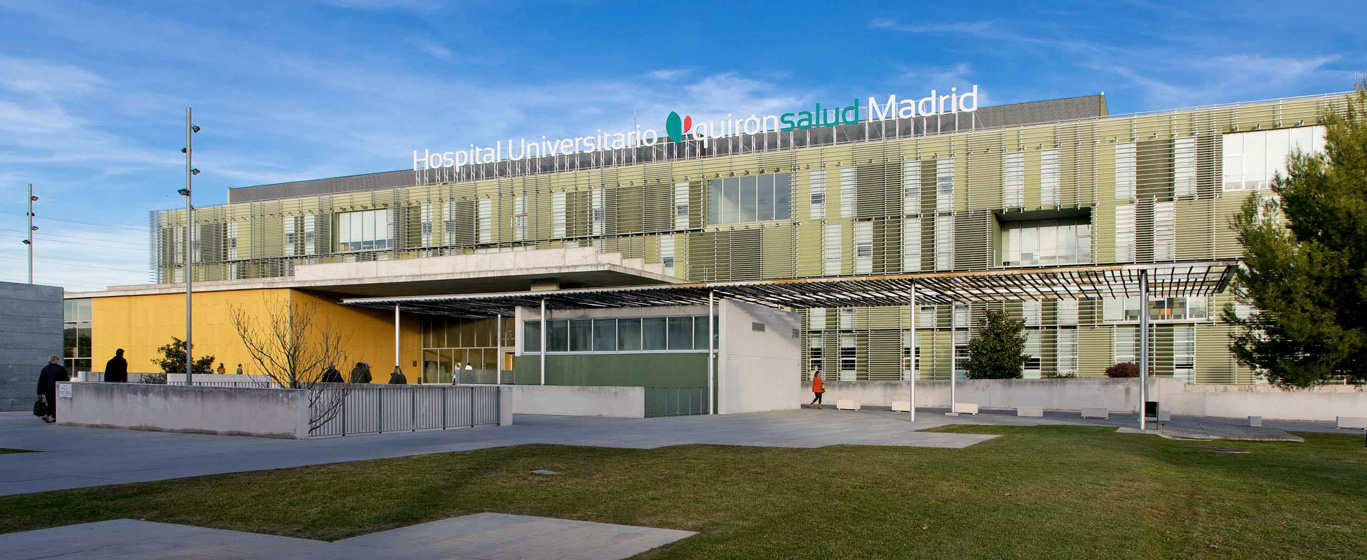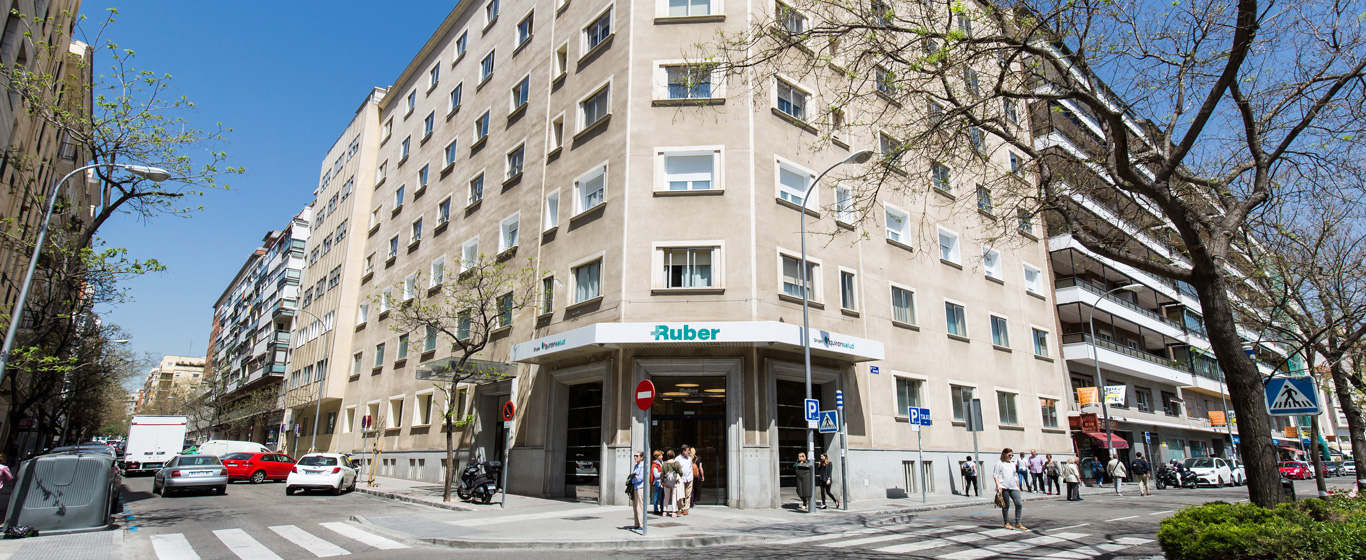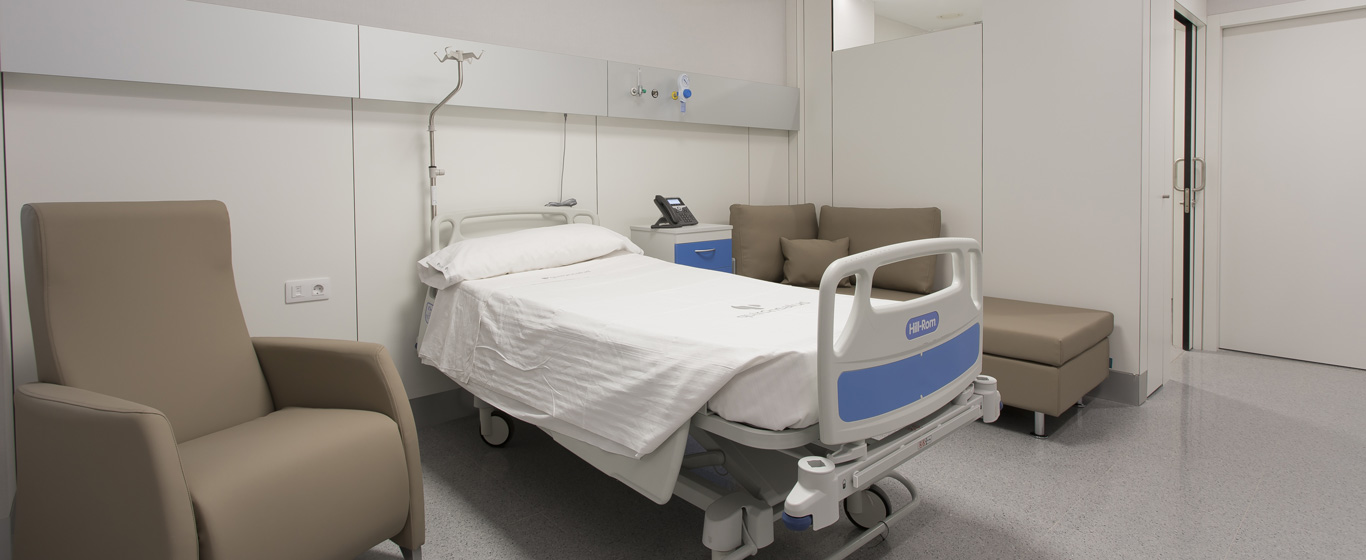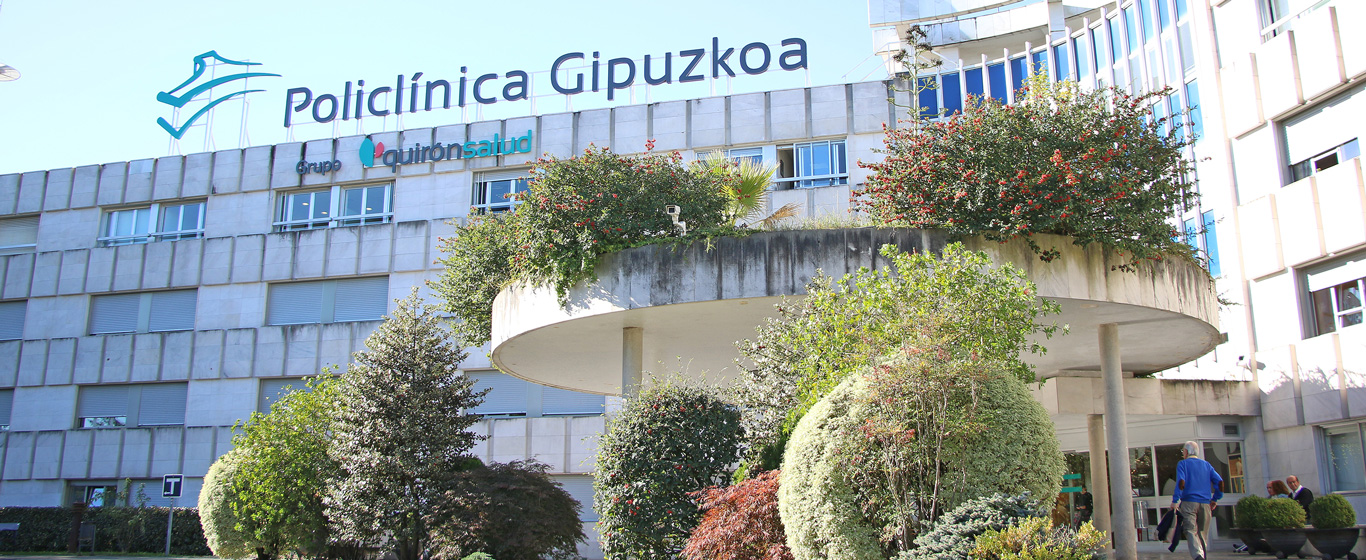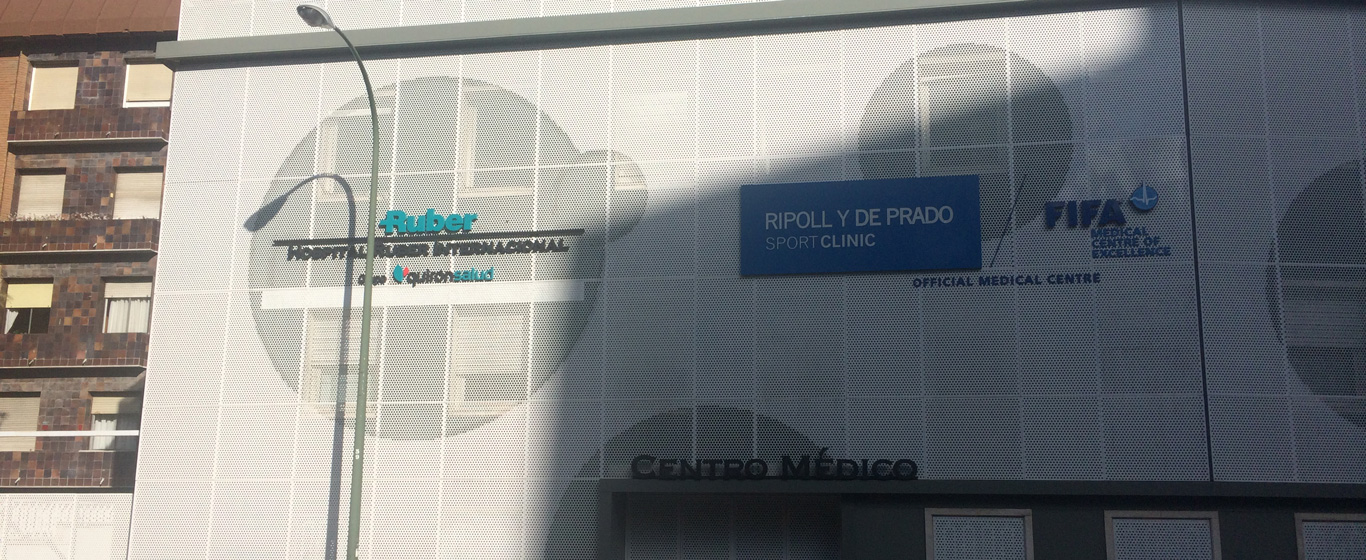Bronchiolitis
Do you know the symptoms of bronchiolitis? Learn about its causes, treatments, and how to detect this disease in young children.
Symptoms and Causes
Bronchiolitis is a viral disease that causes inflammation in the bronchioles, which are the smallest airways in the lungs. This swelling occurs due to mucus buildup inside them. It is mainly caused by the respiratory syncytial virus (RSV) and is the leading cause of hospitalization in pediatrics.
It is a common disease in babies and young children, who often show signs of breathing difficulties since bronchiolitis can obstruct airflow.
Although there is no classification that covers all the characteristics of the disease, the histological classification is often used because it is easier to relate it to the symptoms presented. According to this classification, there are three types of bronchiolitis:
- Cellular bronchiolitis: Inflammation increases in the bronchiolar wall.
- Obliterative or proliferative bronchiolitis: Polyps form, narrowing the airways.
- Constrictive bronchiolitis: Narrowing of the bronchioles occurs due to scarring.
Bronchiolitis in adults is uncommon, and when it does occur, it is usually not of infectious origin. In such cases, it is associated with environmental factors such as exposure to toxic substances or complications following a lung transplant.
Symptoms
The initial symptoms of bronchiolitis may be confused with those of a common cold, as they primarily include:
- Fever, though not in all cases.
- Nasal congestion and runny nose.
- Cough.
Some symptoms may be severe in babies, who may require hospitalization. It is essential to monitor their health and seek emergency care when:
- The ribs become overly pronounced when trying to breathe (intercostal retractions).
- The baby has difficulty breathing and cannot make sounds, not even when crying.
- The baby does not eat enough at each feeding.
- The skin and lips appear bluish.
- The baby wheezes while breathing.
- The baby appears weak.
Causes
Bronchiolitis is caused by a virus, typically the respiratory syncytial virus (RSV). Once infected, the bronchioles become irritated and inflamed, causing mucus buildup that prevents air from flowing freely.
Risk Factors
The primary risk factor for bronchiolitis is age, as it primarily affects children under two years old. Within this group, the risk of infection is higher in children who are:
- Premature.
- Suffering from lung conditions.
- Living with congenital heart disease.
- Immunocompromised.
- Attending daycare or having siblings.
- Regularly exposed to tobacco smoke.
Complications
The main complication of bronchiolitis is a lack of oxygen. Additionally, severe cases may lead to dehydration or respiratory failure.
Prevention
The best way to prevent infection is to avoid contact with individuals carrying the virus. Frequent handwashing and the use of face masks are crucial to minimizing risks when caregivers are sick.
Recently, the RSV vaccine has been included in the immunization schedule for infants under six months to achieve immunity, prevent severe cases, and reduce hospitalizations.
Which doctor treats bronchiolitis?
Both pulmonologists and pediatricians diagnose and treat bronchiolitis.
Diagnosis
Pulmonologists and pediatricians typically diagnose bronchiolitis by analyzing symptoms reported by caregivers and using a stethoscope to listen to the lungs.
If complications with other diseases are suspected, or in cases of severe bronchiolitis, additional tests may be requested, such as a chest X-ray to rule out pneumonia or a blood test to check oxygen levels.
Treatment
Since bronchiolitis is a viral infection, there is no specific cure for the disease. In most cases, rest for one to two weeks and medications to relieve discomfort are recommended, such as antipyretics for fever or albuterol nebulizers to ease airflow into the lungs.
In cases requiring hospitalization, oxygen masks are used to ensure adequate oxygen supply to the body's organs, and intravenous hydration may be administered.






